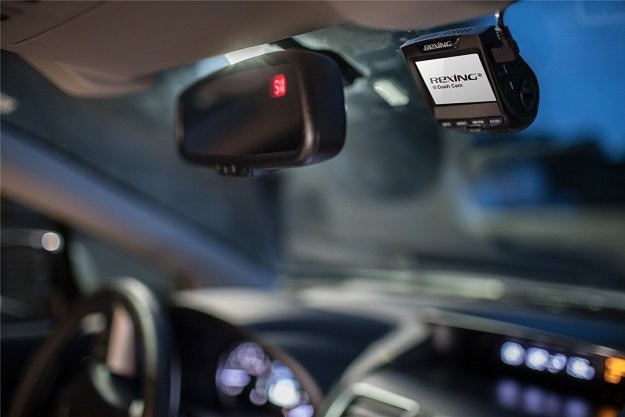
On July 21, senators Edward J. Markey (D-Mass.) and Richard Blumenthal (D-Conn.) introduced The Security and Privacy in Your Car Act (SPY Car Act), which will direct both the National Highway Traffic Safety Administration and the Federal Trade Commission to set industrywide benchmarks to protect driver safety and privacy.
The legislation couldn’t come at a better time, as two vehicle security experts in Missouri recently took control of a Jeep Cherokee as part of a showcase experiment. By remotely infiltrating the Cherokee’s cellular connection, tech gurus Charlie Miller and Chris Valasek were able to operate the car’s infotainment head unit, wipers, digital gauge cluster, and door locks as it drove down the highway, but their simulated attack didn’t stop there. With a few key strokes, they were able to commandeer vital functions like the brakes, transmission, and engine, leaving the driver helpless as it rolled to a stop.
“Drivers shouldn’t have to choose between being connected and being protected,” Markey said. “We need clear rules of the road that protect cars from hackers and American families from data trackers. This legislation will set minimum standards and transparency rules to protect the data, security, and privacy of drivers in the modern age of increasingly connected vehicles.”
There are obvious privacy concerns as well, as in-car app purchases can be linked to credit card information and invaluable personal data.
“Rushing to roll out the next big thing, automakers have left cars unlocked to hackers and data-trackers,” Blumenthal said. “This common-sense legislation protects the public against cybercriminals who exploit exciting advances in technology like self-driving and wireless-connected cars. Federal law must provide minimum standards and safeguards that keep hackers out of drivers’ private data lanes.”
To facilitate the new standards, the SPY Car Act plans to establish a rating system — called a cyber dashboard — to educate motorists about how well certain vehicles are protected, and whether or not they meet or exceed the minimum standards.
If you’d like to view a copy of the SPY Car Act, you can do so right here.


